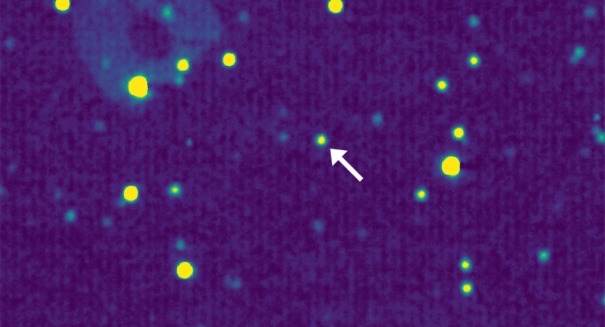
A major discovery could unveil many secrets about the evolution of our solar system.
A major new discovery way beyond Pluto has scientists buzzing, as we reported recently, and there are a few reasons why it could result in some important discoveries about the evolution of our solar system.
NASA’s New Horizons spacecraft made headlines after zooming past Pluto last summer and taking pictures and collecting data that has greatly expanded our understanding of the former ninth planet, and now it is headed deep into our solar system and into the mysterious Kuiper Belt to find out more about how our solar system evolved, according to a NASA statement.
Recently, the spacecraft came upon its first Kuiper Belt Object (KPO) about 3 billion miles from the sun: 1994 JR1, which is 90 miles wide and sits deep in the belt, the closest we’ve ever observed this mysterious object.
Scientists used the Long Range Reconnaissance Imager (LORRI) instrument on the New Horizons spacecraft to observe 1994 JR1 on April 7-8 at just 69 million miles away, compared to about 170 million miles when it was observed last November. Scientists were able to pinpoint the cosmic object with incredible accuracy — within about 600 miles, much better than any other KBO out there.
The discovery disproved the notion that 1994 JR1 might be a distant satellite of Pluto — its orbit proves that it is not.
The statement notes that “these observations are great practice for possible close-up looks at about 20 more ancient Kuiper Belt objects that may come in the next few years, should NASA approve an extended mission. New Horizons flew through the Pluto system on July 14, 2015, making the first close-up observations of Pluto and its family of five moons. The spacecraft is on course for an ultra-close flyby of another Kuiper Belt object, 2014 MU69, on Jan. 1, 2019.”

Leave a Reply